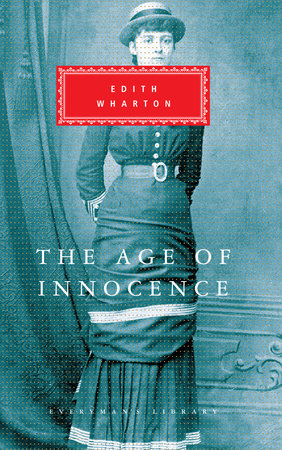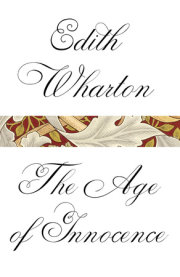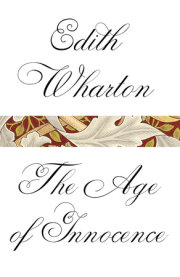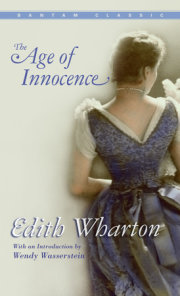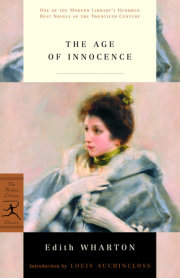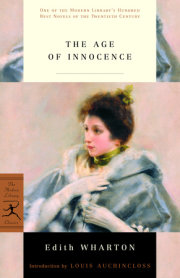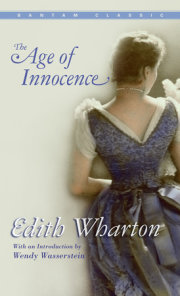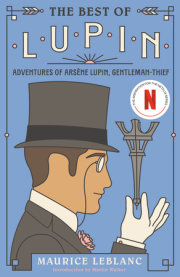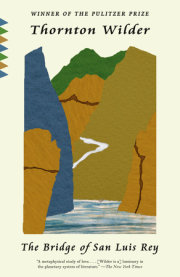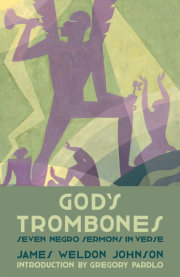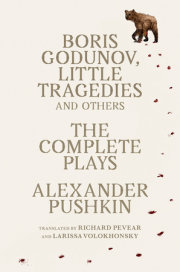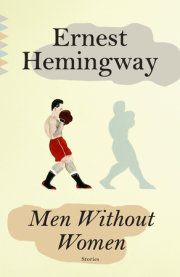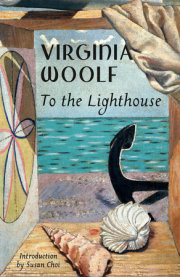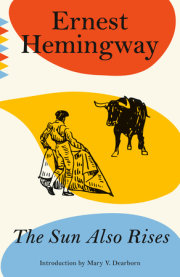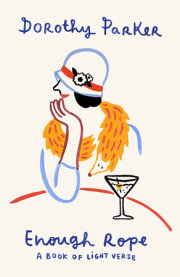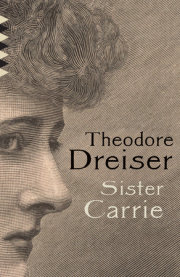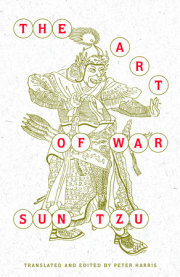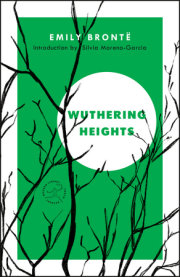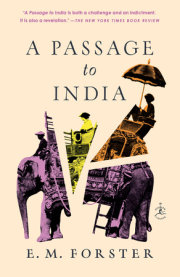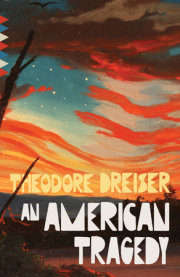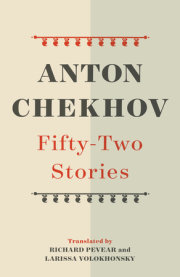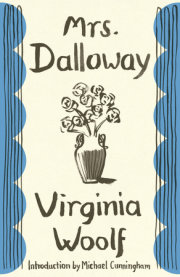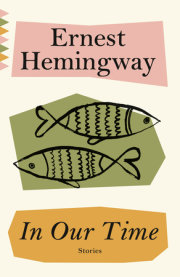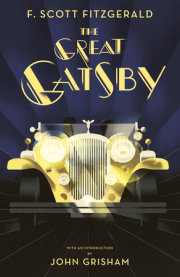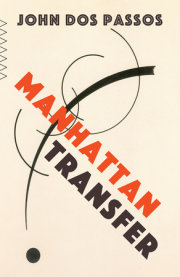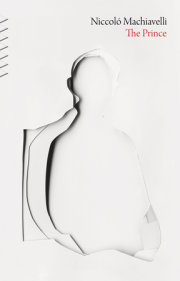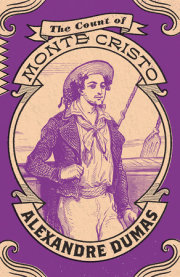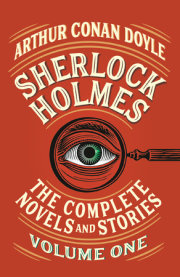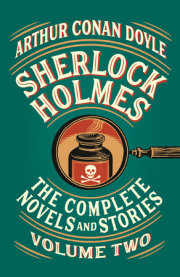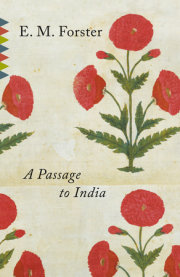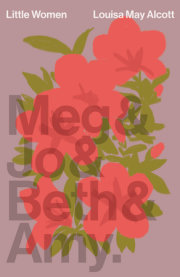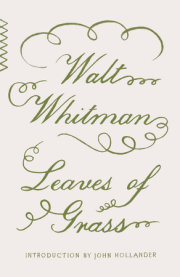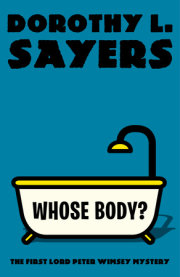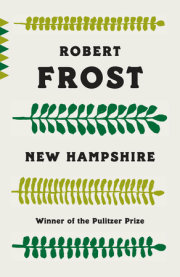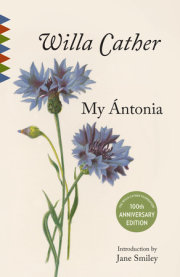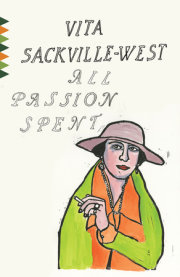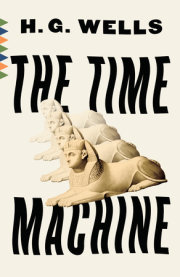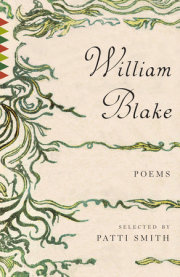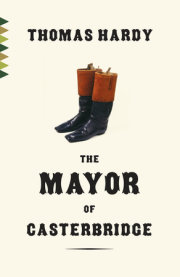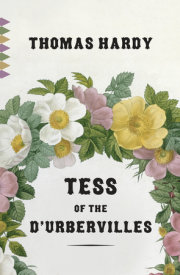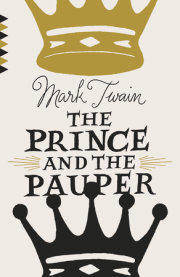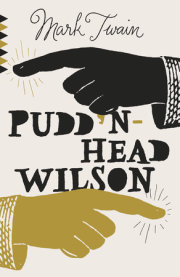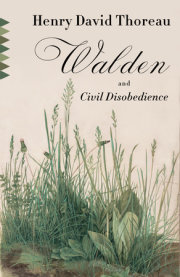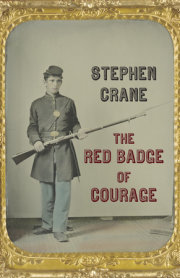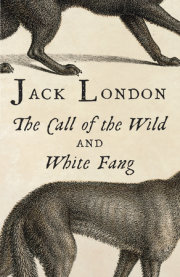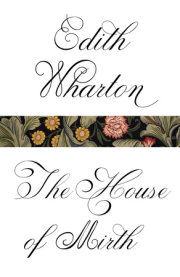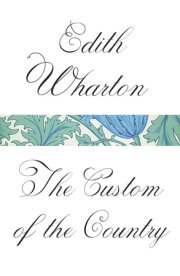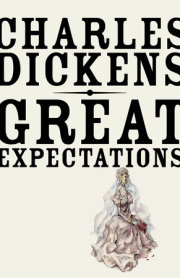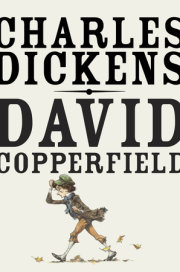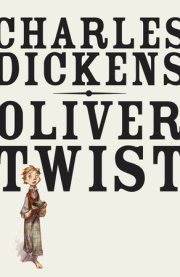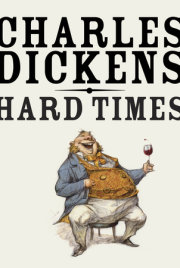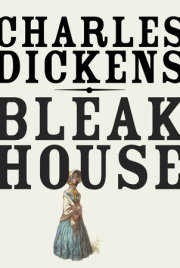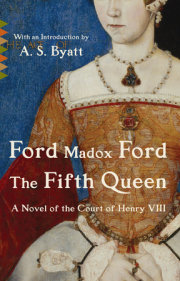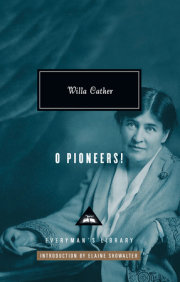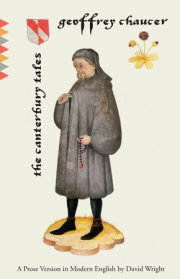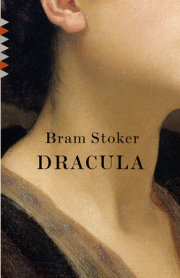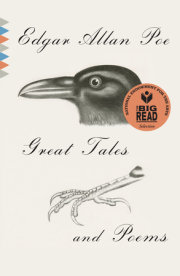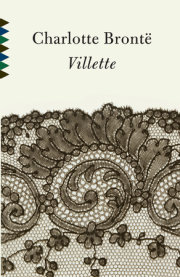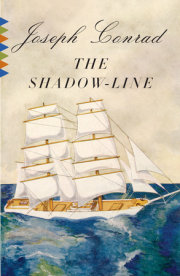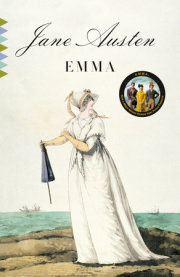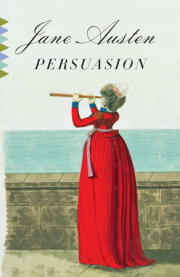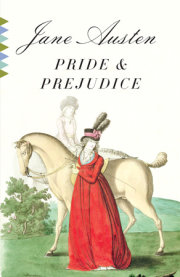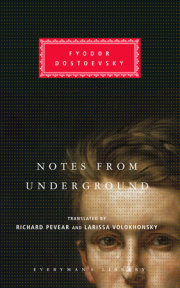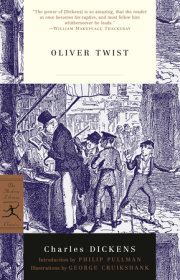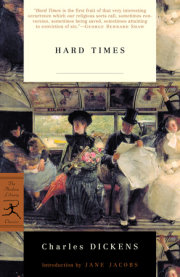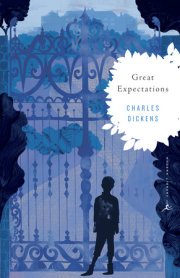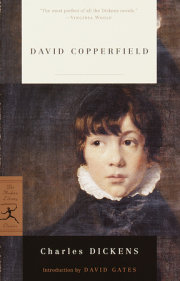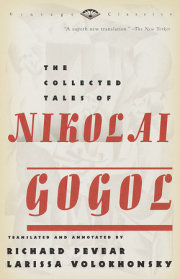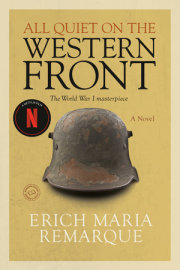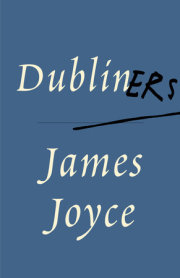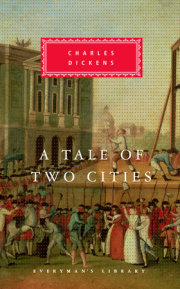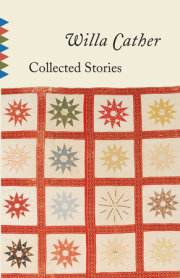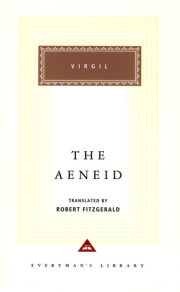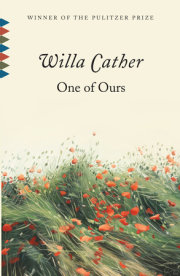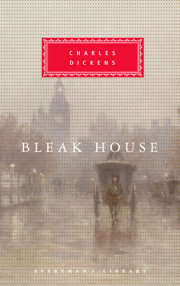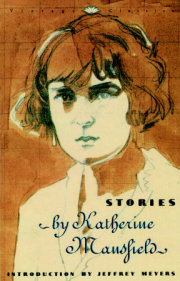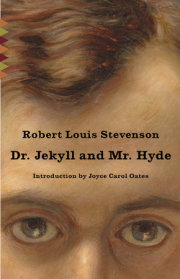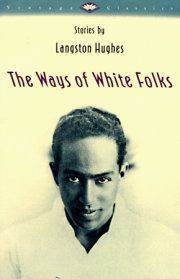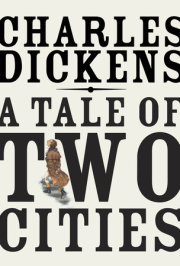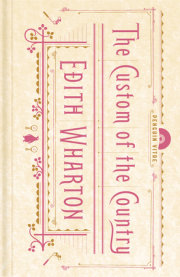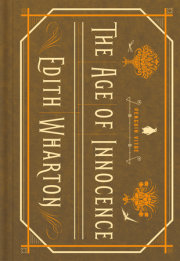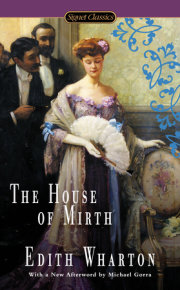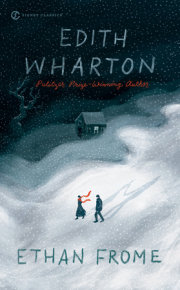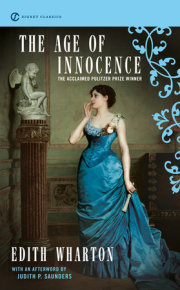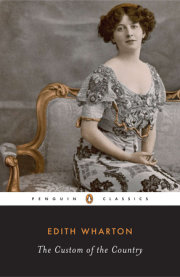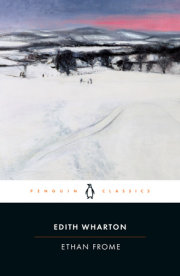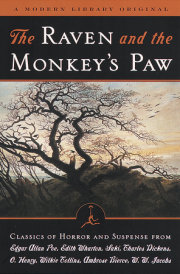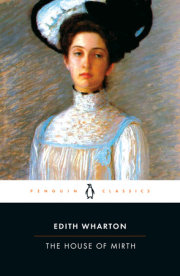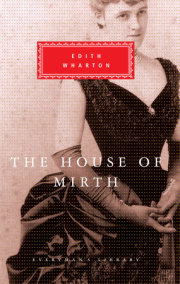INTRODUCTION
When
The Age of Innocence won the Pulitzer Prize in 1921, Edith Wharton was naturally pleased, though by no means overwhelmed. The first woman to be so honoured, she was then aged fifty-eight and at the height of her powers. Rich, famous and the author of several hugely successful best-sellers, she could reasonably regard the Pulitzer as no more than official recognition of her status as the leading American novelist of her day.
Pleasure soon gave way to distaste when Wharton discovered from the prize citation that she was being rewarded for writing 'the American novel which shall best present the wholesome atmosphere of American life and the highest standard of American manners and manhood'. Nauseated by the priggishness of this twaddle and baffled by its grotesque inaptitude as a description of her book, she wrote ironically to friends about the absurd idea of uplifting American morals when she had done little but satirize them for more than thirty years. But her irony turned to fury when it was further revealed that the Pulitzer jury had originally selected Sinclair Lewis's
Main Street for the prize, only to find the judgment overturned in favour of Wharton by the craven prize trustees, who were alarmed by the offence Lewis's satire on small-town life was causing among their wealthy benefactors. For Wharton this was the final insult:
The Age of Innocence had been chosen, not for its quality, but because it was safe. What had started out as a coronation was becoming a fiasco.
Wharton was embarrassed on her own behalf and angry for Lewis, one of the few living American novelists she respected. She was also justifiably puzzled by the behaviour of the trustees, for her study of aristocratic manners is, in the end, a far more disturbing book than Lewis's amiable and often sentimental satire on Mid-Western prejudices, and she knew it. One can only miss this fact-and the ironic force of the book's title-if one reads the novel in one's own age of innocence. Though written in a grand manner far from the engaging colloquialism of
Main Street, and set largely in the past, Wharton's novel paints a bleak portrait of contemporary marriage which might have shocked the keepers of the nation's moral conscience if only they had bothered to read it with any care.
Of course, one can see why the Columbia University grandees who spurned the prize committee preferred
The Age of Innocence. A tale of the familiar conflict between domestic duty and sexual desire which manages to combine an apparently happy ending with the triumph of conventional morality is no mean feat. One can also see why they might have preferred Wharton to Lewis in general. Everything about her, from the upper-class New York background to the equally upper-class literary style, made her more acceptable to an American academy which was just as timorous and conformist then as it is now. She was also elderly, safely out of the way in Europe, and therefore unlikely to cause trouble: in a sense already a writer of the past. And although worryingly diverse, her novels could eventually be slotted into a variety of traditional moulds-always reassuring when one is setting up statues to living heroes.
Lewis, by contrast, was a raw provincial, and too close to home, too vulgar and too unpredictable to be turned into an instant monument of Great American Literature-or so it seemed in 1921. The women and the lower orders in his books are apt to get out of hand, and while Wharton apparently restricts her satire to the narrow world of the American aristocracy which was, on her own account, anyway moribund, Lewis attacks powerful contemporary targets with fierce relish. He was an especially trenchant critic of the incorrigible American tendency to Political Correctness, whether of Left or Right, and the substance of
Main Street is an amusing and often deadly account of one young woman's struggle with the idols of the contemporary bourgeois tribe-in this case good housekeeping, male superiority, intellectual nullity and the Grand Old Republican Party.
Ironically, Lewis won his own Pulitzer Prize for
Arrowsmith in 1923, the year after he published
Babbitt, a ferocious attack on American business ethics (or lack of them) which might be thought to have disqualified him even further. But by then, of course,
Main Street had made him rich and famous, selling more than half a million copies throughout the world, and Lewis himself was 'big business'. No doubt this made him acceptable to both the Columbia trustees and the university's benefactors. It must also have added savour to the moment when Lewis refused the 1923 prize.
Despite their differences, there are many points of resemblance between
Main Street and
The Age of Innocence. Both are dark comedies of manners which feature cultivated, charming and self-satisfied protagonists who see themselves as rebelling heroically against philistine environments. Both examine the pains of marriage and the extent to which the sexes should enjoy equal rights and pleasures. And one might even claim that Political Correctness is a theme in both. Lewis's Carol Kennicott struggles hopelessly with the well-meaning bigotry of small-town Minnesota, while in Edith Wharton's novel the hero and his would-be mistress are kept apart by the rigid code of conduct which governed every aspect of upper-class New York life in the 1870s.
Both dramas are also deeply and crucially rooted in local conditions. Even the treatment of the plot in
The Age of Innocence draws attention to this point. Though based on the familiar wife/husband/mistress triangle, Wharton takes the greatest pains to show how it is distinguished by the peculiar character of old New York society. The outline of this plot is commonplace. Newland Archer, a rich, handsome and admittedly rather spoilt young patrician of no great distinction but immaculate manners and background, becomes engaged to May Welland, a rich, beautiful and rather spoilt young woman of equal perfection, while at the same time managing to fall in love with her exotic, beautiful and rather less perfect married cousin, Countess Ellen Olenska, who returns Archer's passion, though already unhappily married to a foreign nobleman. The Countess considers divorce but is persuaded against it by Archer, on behalf of her family. May offers to renounce Archer to her cousin but he refuses the offer and marries his fiancée. Meeting Ellen after the wedding, he realizes that he was wrong to advise her against the divorce. He decides to elope with her after all and face the consequences, but nothing comes of the decision. Instead, he settles down with May to a conventional and reasonably happy existence in New York, the Countess goes away to live alone in Paris, and life goes on as before.
Such a bald summary emphasizes the similarities between
The Age of Innocence and other novels. Only attentive reading brings out the differences. These begin with the tone: a cool, level voice which is very much Wharton's own. They continue with the choice of detail. As with so much of Wharton's best writing, this study of human bondage is a sharply and exquisitely observed picture of the life she knew so well from her own experience. She delighted in the quidditas of things and her novels draw energy from concrete instances: when she loosens her grasp on particulars the prose wobbles and the narrative sags. Though the scenery is always subordinate to a larger artistic purpose, we sense that Wharton enjoyed describing the clothes her characters wear, the rooms they lived in, the food they ate, for their own sake. She relished her sensuous pleasures in literature as in life. Always scrupulous about detail, for this novel she commissioned research into a period which was just within the scope of her own childhood memories. Like Zola, she wanted to give a true picture of the world, believing that the truth of the picture would provide its meaning; and everything from the decoration on dinner tables to the railway routes through New York is so precisely dated and documented that
The Age of Innocence might well count as an historical novel of the 1870s.
A propos this precision, Wharton's most copious biographer, R. W. B. Lewis, records that her only serious factual error was to begin a wedding ceremony with the opening words of the burial service-a mistake she swiftly corrected in subsequent editions. But if Wharton's interest in realistic detail tells us a good deal about her artistic purpose, this error illuminates the intriguing relationship between her life and her works-an important matter in the case of a writer such as Wharton who draws so evidently, so publicly and so frequently on her own experience. For if ever there was a Freudian slip and an involuntary authorial signature, this is it.
*
Edith Wharton's own marriage was long since over when
The Age of Innocence appeared. Born to patrician parents, whose relationship seems to have served as one of the models for Newland and May Archer's, Edith was the youngest of three children. She wrote stories and poems from her earliest years, and produced a romantic novel in her teens. This was no more unusual for the time than her social life, and there was nothing to suggest that she was any different to a thousand other dreamy and bookish girls of the type she often writes about-a well-heeled version of James's Isabel Archer. She was brought up and brought out in the conventional manner, married at twenty-three to a man of her own class, and for the next two decades lived the life of a minor socialite, with homes in New York and Newport, and extensive travels in Europe, where she had spent much of her childhood.
Though easy and privileged, her life with Teddy Wharton turned out to be boring, blank and frustrating. She knew at first hand the despair Newland Archer feels when he contemplates a lifetime alone with his wife. Teddy was kind and affectionate, but shared none of Edith's intellectual interests. He also seems to have taken her initial fear of sexual intercourse as a decisive rejection: after attempts at conjugal relations in the early months of their marriage, the couple slept apart, though they continued to share a room. Teddy pursued sporting and social interests, Edith decorated her houses and laid out gardens in the manner approved for young upper-class wives, and the pair travelled restlessly from place to place. Within a few years she was suffering from a variety of neurotic ailments which turned into a full-blown nervous breakdown. Well on the way to becoming, a classic subject for the new-fangled discourse of psychoanalysis then appearing in Vienna, she turned instead to the more conventional forms of 'rest-cure', to the congenial environment of Paris where there were friends, talk, pictures and the other civilized pleasures rare in Newport and Fifth Avenue—and to writing.
But by a truly Whartonian symmetry, as Edith recovered in health and prospered professionally, Teddy declined. Though previously robust, he now reported all the symptoms of neurasthenia: headaches, pains, fatigue and
ennui. He also suffered increasingly from an alternation of depression and disturbingly high spirits. The simple truth was that the talk about art and literature which stimulated her was death to him. The claustrophobia she experienced in New York and Newport he felt in Paris. Where she flourished among salons, he hankered after America and fast cars and took to picking up women in the street. In 1913 they were divorced.
No doubt Wharton's life with Teddy, which forced her to rely very much on herself, gave added urgency to her interest in what contemporaries called the 'Woman Question'. Wondering why women are not free to behave as men, Newland Archer ponders the double standard which judges the sexes differently-which makes victims of women and faces men with the 'old abysmal distinction between the woman one liked and respected and those one enjoyed-and pitied'. But although her greatest novel,
The House of Mirth, is a moving study of woman as victim, Wharton is by no means inclined to present her women as mere martyrs, either to particular men or to the social system. And if few of her female characters have quite the single-minded ruthlessness of Undine Spragg in
The Custom of the Country, many are endowed with more than a little of her drive and determination. Beside them men can seem feeble creatures. In
The Age of Innocence it is Newland Archer who thinks of himself as the victim, not his wife.
Indeed, May Archer displays a Shavian will-to-power which shocks her husband profoundly. Like Maggie Verver in
The Golden Bowl, she finds herself fighting a duel with a formidably glamorous opponent, and like Maggie she wins by a combination of sleight of hand and sheer strength of character. But the comparison underlines crucial differences in approach between the two novelists. For one thing, James seems to require our unqualified sympathy for Maggie. Wharton makes no such demands. Though careful to make May both sympathetic and attractive, Wharton allows her to stand unadorned at the bar of our judgment.
For another, May's strength is shown to derive not from independence or intelligence but from instinct and tribal loyalty. There is a clear contrast with the behaviour of her rival, Ellen Olenska. Charming, cultured, sophisticated and ready to rebel against the stuffy manners of Old New York in the name of love and freedom, in the end Ellen nevertheless accepts as inevitable the ground-rules of the sexual and social game as determined by the dynasties to which both women belong. The basic laws of this game are that a mistress has no rights and that a wife may use such means as she deems necessary to preserve her marriage and the honour of her family.
Always anxious for objectivity, Wharton is careful to balance the complex claims of the two women. Both have long since passed the age of innocence. May is not simply a ruthless mate nor Ellen her wilting rival. May proves to be a loyal and loving wife, and by her own lights her behaviour is impeccable. Her offer to renounce Archer to another woman, made before their marriage, is genuinely noble-though as Archer reflects, the code of conduct by which they live makes it virtually impossible for him to accept the offer, and by the time he has steeled himself to do so, it is too late: May has finally agreed to bring forward the date of their wedding. On the other hand, there are moments in the story when we cannot tell whether Ellen is acting from motives of passion or calculation (nor can she, possibly); and the exact nature of her compromising liaison with the banker, Julius Beaufort, is deliberately left obscure.
Copyright © 1996 by Edith Wharton. All rights reserved. No part of this excerpt may be reproduced or reprinted without permission in writing from the publisher.

